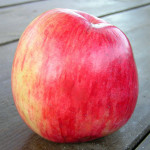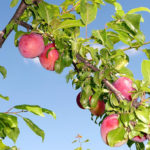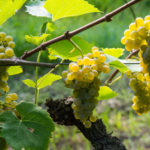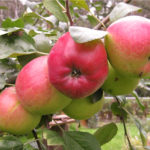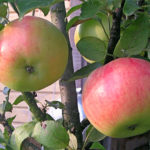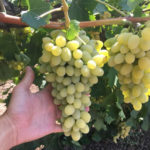Rose Golden Showers
Among climbing roses that can decorate a fence, pergola, high wall, and any vertical surface, there are not so many varieties that have yellow flowers. It would be more accurate to say that there are very few of them. Therefore, our heroine, about whom the story will go, has not had worthy competitors for many decades, from time to time reaping a crop of international diplomas and awards.
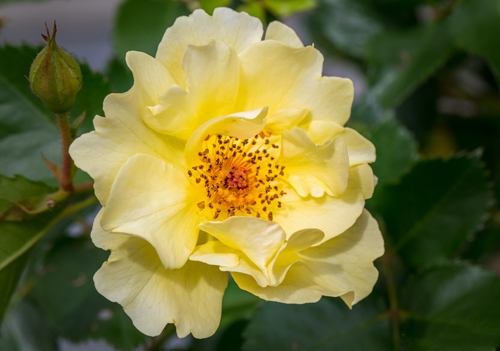
History of origin
This rose popular to this day was created in the first half of the 50s of the last century in California, by the works of the famous specialist, Dr. Walter Lammertz. First presented under its current name at the 1956 exhibition by Germain Seed & Plant Co.
It is known that the breeder used two popular varieties in the United States to create the variety: Charlotte Armstrong and Captain Thomas.
Already in 1957, the novelty received its first serious diplomas at American exhibitions. And the last medal was awarded to her in 2000. Until now, as already mentioned, the demand for this variety has not decreased.
Description of appearance
Why have flower lovers adore Golden Showers for so long, which translates as "Golden Shower"? The answer lies primarily in the decorative qualities of this rose. It forms a tall, strong bush, reaching 4 meters in height and about 2 meters in width. Dense, shiny foliage with a bronze tint is densely located on strong and thick shoots.
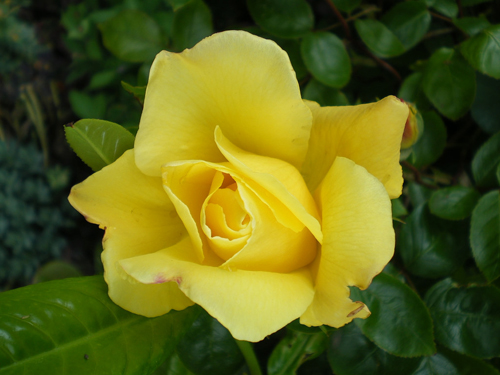
Golden-yellow buds appear en masse on the rose in the first half of June. There are many of them, they are mainly concentrated at the ends of the shoots, singly or as part of small brushes, 3-5 flowers in each. The buds, even unopened ones, already adorn the plant, they are elongated in shape and strong.
Freshly opened flowers at first repeat the color of the buds. Indeed, at the moment of abundant flowering, Golden Showers is very reminiscent of a shimmering gold waterfall. Gradually, over time, the petals fade, becoming lemon, often even cream. Each individual flower is large, 8-10 cm in diameter, semi-double, with slightly wavy petals, emitting a pleasant fruity aroma of medium intensity. In the center of the flower, large reddish stamens are clearly visible, only emphasizing the "sun depth" of the petals.
When the first, most abundant wave of flowering ends, new single flowers still appear on the bush, here and there, until a second flowering begins closer to autumn - also rich, but still not as abundant as the first.
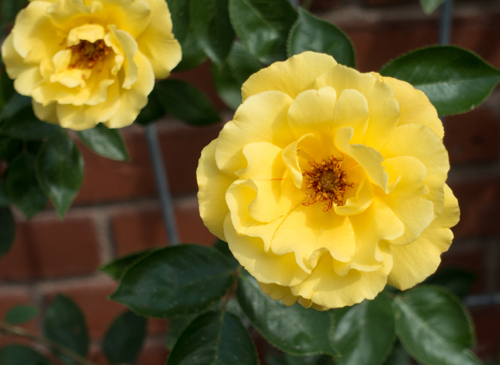
Features of agricultural technology
The variety is not able to survive the winter temperatures of Central Russia, the bush should be heavily cut and carefully covered for the winter. Without shelter, it will survive only in the southern regions of Russia, and even then the branches should be covered from strong cold winds.
He does not like to grow in open, southern areas, constantly illuminated by the summer sun, but also does not show itself well in the shade - the flowers become small and dull. The best place to grow is east and west facing walls.
It demonstrates above average resistance to common diseases; in this sense, the variety is completely unpretentious. There is only a tendency to black spot, and even then under the condition of frequent cold rains. This tendency is always taken into account in England, where Golden Showers has never lost popularity.
The soil must be nutritious, only then the variety will show excellent flowering. Take care of good drainage and regular watering, especially during the hotter months.
Features of use
Obviously, this rose is grown primarily to decorate various building walls and vertical structures.At the same time, with strong pruning, it turns into an ordinary tall scrub, which can be both a tapeworm and part of a group planting. By the way, it is in the form of a bush that it is advised to keep this variety in regions with a cooler climate.
It has also been noticed that cut flowers of this rose last for a long time, therefore in some countries, especially in northern Europe, it is widely used for cutting.
Our heroine is one of those relatively few varieties that have earned recognition for several generations of gardeners and successfully compete with the varieties of the latest breeding.
